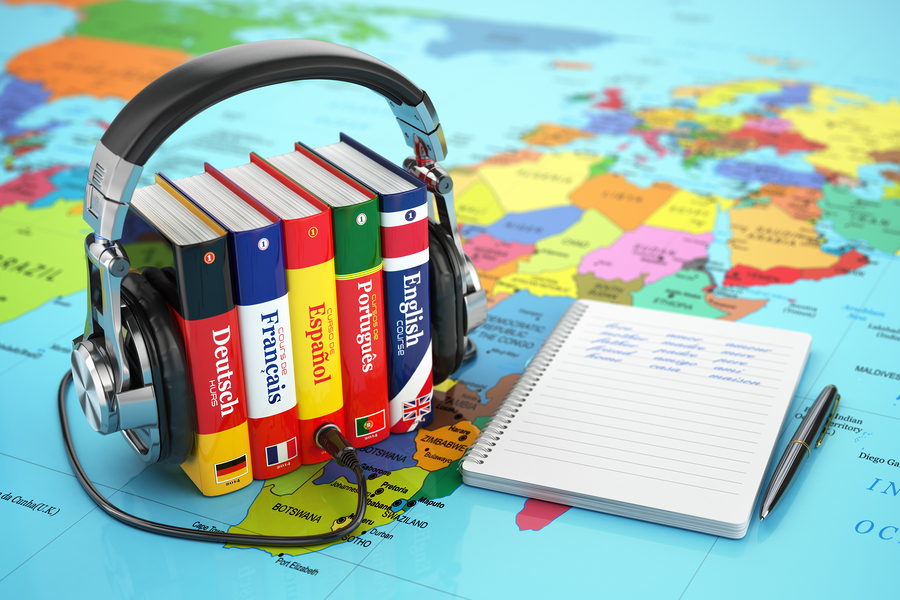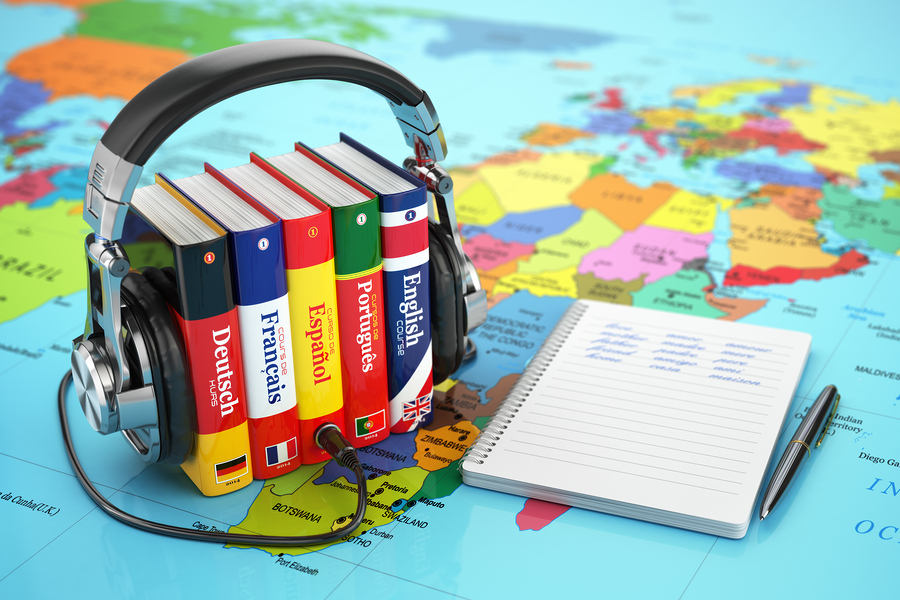Translation benefits go beyond enabling dialogue and communication.
Photo: Bigstock.
Translation, explained simply, is the exercise of taking a message -either written or spoken- at replaying it a language different from the original. It is one of our most fundamental communication tools; it closes the gap between different languages to enable dialogue and global understanding. But what is the value of translation in terms of education and cognition?
Translation can be an excellent resource to enrich the cognitive process. It can also provide teachers with the basis for creating and applying strategies directed at the development of skills like comprehension, communication, expression, composition, and emotional intelligence. Some of the most fundamental advantages that the exercise of translation adds to the learning experience are:
1. Expand students’ vocabulary as well as their understanding of their native tongue
In the most basic form of translation, we have to think in our native tongue first, receive the information we are meant to translate in the second tongue and then convert that information back into our native language. Often, a lot of the words, phrases, idioms, and terms in the other language force translators to look in their native tongue to find the closest equivalent, enlarging their knowledge about the words and grammatical structure of their native language.
2. It gives the student the chance to experiences diverse scenarios and cultures
Usually, a text or spoken word that is in another language also belong to different regions and cultures. When students have contact with these materials, it is like having a window to other perspectives and worldviews opened for them. This is a great way to encourage their curiosity, and their empathy, skills they need to build up effective communication.
3. It trains problem-solving and data processing skills
The exercise of translation is a particular task that involves the resolution of a problem: To find the best way to express in our native tongue a message that comes from a different language. It also requires data processing abilities, since the words are the data we need to process to understand the message and translate it.
4. Raises students’ comprehension reading levels
One of the most worrying weak points of education is the students’ low reading levels, along with the lack of incentives for them to raise the bar. To be able to translate, students need to read at least twice. Once in the foreign language they are meant to translate from, and another in their native tongue they are intended to translate to; they might even need to resort to additional sources to get the required information to do this exercise so they will be plenty of opportunities for them to read and comprehend.
As just stated, the educational possibilities of translating as a didactical resource are not limited to the learning of a second language or the development of linguistic skills. Its constant practice ensures essential knowledge and abilities necessary to train a sharp mind and stay relevant in the workforce.
This article from Observatory of the Institute for the Future of Education may be shared under the terms of the license CC BY-NC-SA 4.0 
)
)







)
Sofía García-Bullé
Sofía García-Bullé
Sofía García-Bullé